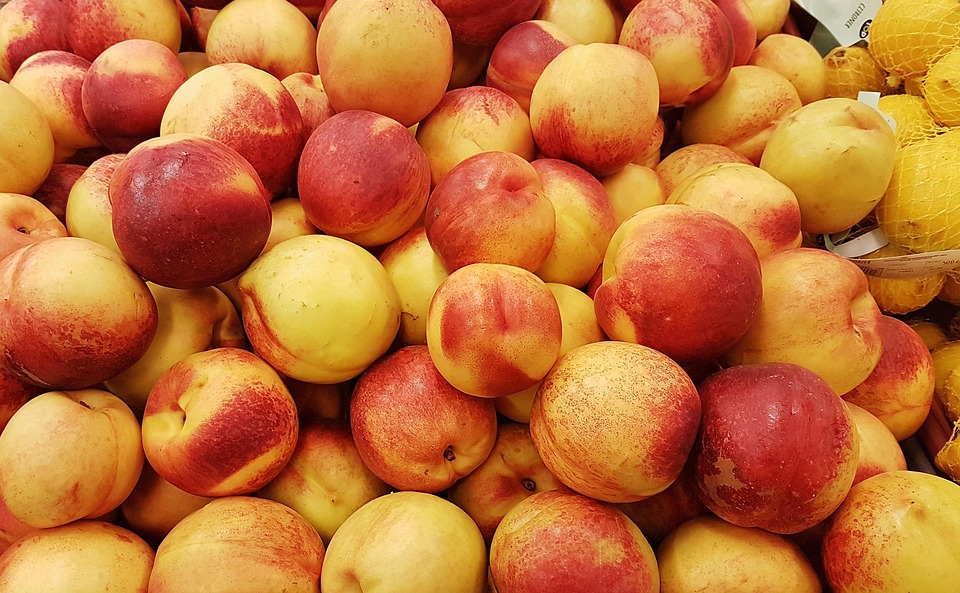Embracing Flexibility: The Art of Mixing and Matching Ideas
In a world where creativity and innovation drive progress, the ability to adapt and customize ideas can be an invaluable asset. Whether you’re working on a project, planning an event, or simply searching for inspiration, the principle of mixing and matching or modifying suggestions allows you to tailor outcomes to your unique vision. This article delves into the benefits of this approach and offers strategies to help you make the most of your creative process.
The Power of Flexibility
The first and foremost advantage of mixing and matching is flexibility. By integrating various ideas, you can forge new connections and perspectives that lead to richer outcomes. The world around us is filled with diverse concepts waiting to be discovered, and blending them can create something entirely fresh.
Tailoring to Your Focus
-
Identify Your Core Objective: Before diving into the mixing process, clarify what you aim to achieve. Are you developing a marketing campaign, designing a room, or planning a menu? Understanding your primary focus can guide your selection of ideas and ensure that each element you incorporate serves a purpose.
-
Explore Diverse Sources: Draw inspiration from various fields—art, science, technology, nature, and culture. For instance, if you’re designing a website, consider the aesthetics of nature, the structure of scientific theories, or the user experience of popular apps. This broad perspective can help you identify unconventional ideas that may resonate with your objectives.
- Combine and Modify: Once you’ve gathered a variety of suggestions, begin the process of mixing and matching. Here are a few strategies:
- Create Variations: Take a single concept and explore different iterations. For example, if you love a specific color scheme, consider how it would look in various formats—bold, pastel, or monochromatic.
- Blend Different Ideas: Merge seemingly unrelated concepts to spark innovation. This could mean incorporating elements from different cultures into a single culinary experience or combining marketing strategies from various industries.
- Element Modification: Adjust features of individual ideas to better fit your focus. For instance, if a design element doesn’t quite fit, tweak its size, shape, or color to ensure harmony with the rest of your project.
Testing and Iteration
Once you’ve crafted your unique combination, testing is crucial. Gather feedback from peers or target audiences to evaluate the effectiveness of your mixed ideas. Their insights can highlight areas for improvement and further inspiration, fostering an iterative process that hones your vision.
Celebrating Uniqueness
Embracing the mixing and matching approach encourages you to create something truly unique. In a marketplace saturated with sameness, originality stands out. Tailored ideas resonate more deeply with audiences and can become a signature element of your work.
Conclusion
The philosophy of mixing and matching not only enhances creativity but also allows for the personalization of ideas to align with your specific goals. By blending concepts, you unlock the potential for innovation and originality. So, as you embark on your next project, remember the power of flexibility: feel free to mix, match, or modify suggestions to create something that truly reflects your vision and aspirations.



